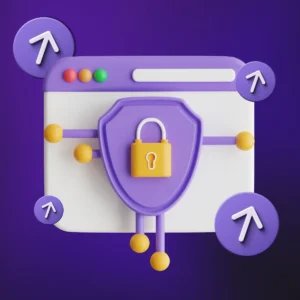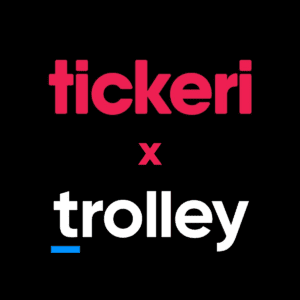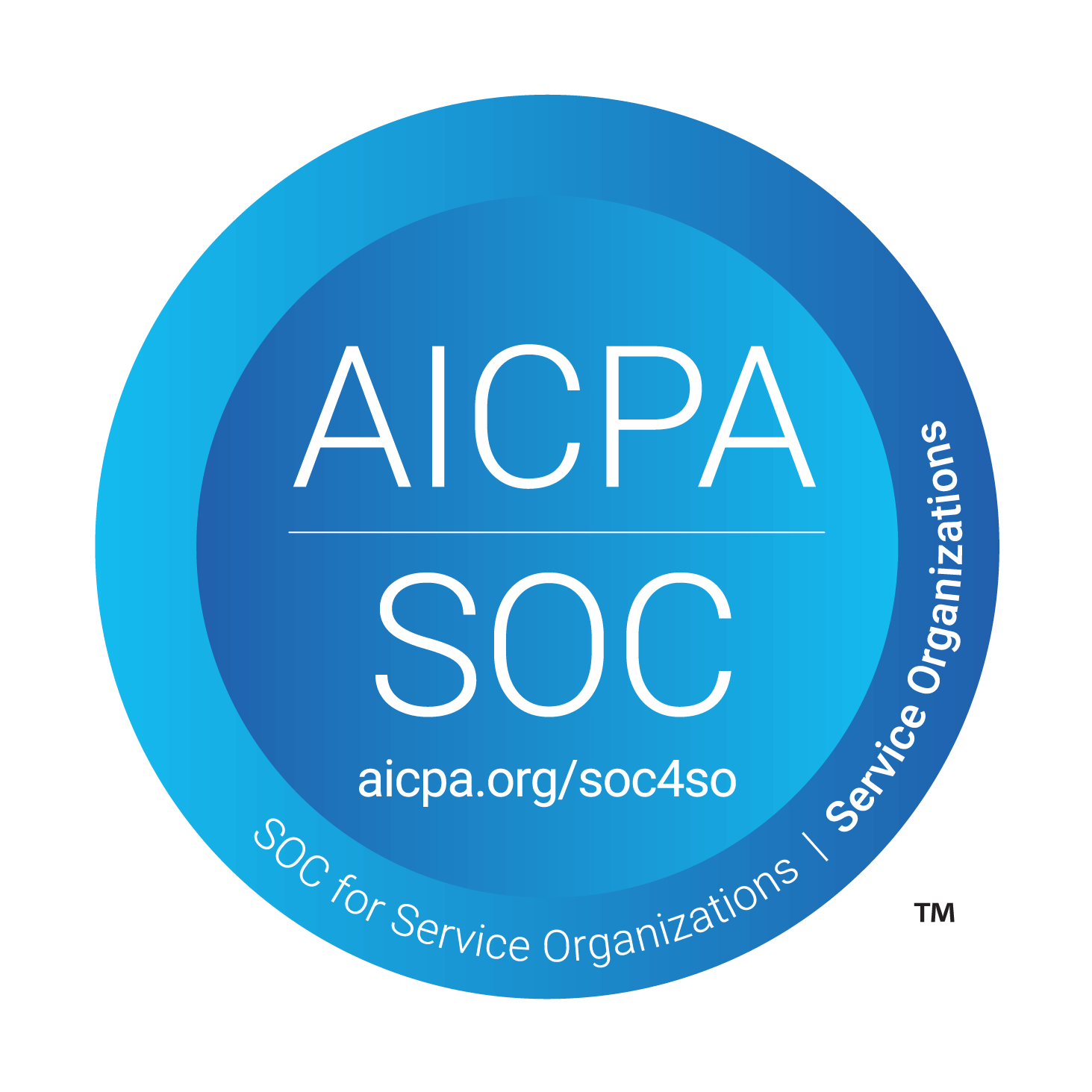Introduced in the US in the early 1970s, ACH payments, or Automated Clearing House payments, remain an exceptionally popular method of transferring money and enacting payouts to this day. A remarkable 29.1 billion ACH payments were triggered in 2022 alone, and it’s fully expected that number will certainly continue to grow year-over-year. If you’re ready to take advantage of this enduring and ever-growing financial mechanism, don’t stop here.
Providing a convenient, digital alternative to traditional check or cash transactions, Automated Clearing House (ACH) payments have a wide range of applications in today’s economy, making them a preferred payment method for both businesses and individuals.
Commonly used for direct deposit payrolls, vendor and supplier payments, as well as recurring payments like utility bills, rent, mortgage, and insurance premiums, ACH payments play a crucial role in person-to-person (P2P) payments and online transfers.
The ACH system dates back to the 1970s, when it was initially used as an alternative to paper checks: a safer, more scalable way to manage payment and payroll. NACHA was founded in 1974 after a number of check clearing houses banded together to form a national network, with the aim to regulate ACH and bolster advancements in the payments industry.
This is still true today; however, the network has evolved significantly to keep up with payment trends and 21st-century needs.
Navigating the world of ACH payments can seem daunting, but it doesn’t have to be. Let’s dive right into how you can send an ACH payment in just a few steps. We’ll cover everything from collecting necessary information to selecting a reliable payout partner. Keep reading as we demystify this process, taking you from a beginner to an expert in ACH payments in no time. Let’s get started!
Table of contents
What is an ACH payment?
ACH payments, or Automated Clearing House payments, are a type of electronic funds transfer (EFT) that allow the transfer of funds between most US banks. This form of payment works well for both one-time payments and recurring transactions.
At their core, ACH payments enable individuals, businesses, and other organizations to send money directly from their bank account to any other bank account through the ACH network, which connects virtually all US banks and credit unions.
These financial institutions are sometimes referred to as the Originating Depository Financial Institution (ODFI) and Receiving Depository Financial Institution (RDFI), which are necessary to complete an ACH payment. They communicate through an ACH operator to complete transactions, and must be certified by NACHA.
What makes ACH such a popular payment method? It’s reliable, it’s safe, and it’s still the tried and tested method of sending payments in the US.
For businesses, ACH offers a cheap and reliable means to trigger royalty payouts, gig worker payouts, creator payouts, contractor payments, and many other types of single or recurring B2B payments.
How ACH payments work
An ACH payment is initiated when a sender authorizes a transaction through a signed form or an online agreement. The sender’s bank then transfers the funds to the ACH network, which routes it to the recipient’s bank account.
ACH payments are processed by the National Automated Clearing House Association (NACHA), which both administers the ACH network and sets rules and standards to ensure smooth and secure transactions.
How fast are ACH payments?
Until 2015, ACH payments traditionally took 2-3 days to process. This worked well, but demand for faster processing times from customers and advice from industry experts meant something needed to change. That’s where improvements to the network like Same Day ACH came in.
What’s the difference between an ACH and an EFT?
EFT (Electronic Funds Transfer) is an umbrella term for any digital transfer of money from one bank account to another and includes forms of payment such as ACH transfers and wire transfers. In the United States, EFT payments are processed by banks using the Automated Clearing House (ACH).
What is Same Day ACH?
As the name suggests, Same Day ACH transactions are processed the same day they are initiated, provided they are submitted within the designated cut-off times. This brought the ACH network’s electronic payments infrastructure back in line with 21st-century expectations for payment processing times.
Introduced by NACHA in 2016, Same Day ACH was designed to speed up the money transfer process. It notched 1.3 million payments in the first 6 days of operation, and has since reached over 2 billion payments.
Same Day ACH can handle virtually any ACH transaction, including both credits and debits. This makes it possible for businesses and consumers to send and receive payments much more rapidly. With Same Day ACH, for instance, businesses can pay suppliers on the same day, and individuals can make last-minute bill payments without incurring late fees.
Same Day ACH also offers more flexibility than the standard ACH method and has cemented itself as a safe and secure way to move money. In March 2022, the Same Day ACH limit increased from $100,000 to $1 million per transaction, leading to increased adoption of ACH as a payment method. It was also a catalyst for even more use cases, adding to the list of popular applications like faster payroll payments, urgent claims and bill payments.
Keep in mind that these types of transactions are extremely speedy compared to old-school checks, but they aren’t instant. According to our Payments Team Lead, Logain, “sending and receiving ACH payments is usually quick. The settlement of a transaction, or the transfer of funds from one bank to another via the ACH Network, generally happens the same business day or next business day after it is initiated.”
Cost of sending ACH payments
If you choose to stick with the standard ACH payment method, your settlement time will remain 2-3 business days. If you can afford to wait, your cost per payment will also remain lower (industry averages: $0.20 to $1.50 rather than $1 to $5 for Same Day ACH).
One of the significant advantages of ACH payments is their cost-effectiveness. Banks typically charge a minimal fee for ACH transactions, which can range from being completely free to around $3 per transaction, depending on the sending and receiving bank and the nature of the transaction.
Some third-party providers who offer added value services (like automated workflows, or white-label emails) may charge a small fee, but it’s often less expensive than wire transfers or credit card processing fees.
Categories of ACH payments
ACH payments break down into two categories: credits and debits. The main difference lies in how the funds are transferred between accounts. With ACH credits, payments are triggered as a ‘push’ (the sender initiates the payment to the recipient), but with debits, ACH funds are triggered as a ‘pull’ (the recipient initiates the collection from the sender’s account).
ACH credits
You may have heard ACH credits referred to as “direct deposit,” especially if you’ve been paid for traditional 9-5 or shift work. They act as digital checks sent from one party to another, except there’s no physical exchange needed.
If you choose to go the standard route, ACH credits can be processed within 3-5 business days. Same Day ACH shortens that time significantly.
ACH debits
ACH debits work like ACH credits but in reverse. Essentially, the customer gives the merchant permission to take money from their account when it is due. A monthly mortgage payment or phone bill is a perfect example of this, because of their recurring nature.
There are several different types of ACH debits for recurring payments:
- WEB (Internet Initiated Entry) – ACH debit authorized online
- TEL (Telephone Initiated Entry) – ACH debit authorized by phone
- PPD (Prearranged Payment and Deposits) – ACH debit initiated via a paper-based customer authorization
- ARC (Accounts Receivable Conversion) and BOC (Back Office Conversion) – used when payment is done via check, and has the potential of being converted for the purpose of an ACH transaction
How to send an ACH payment
The beauty of ACH payments lies not just in their efficiency, but also in their accessibility for businesses of all sizes. If you’ve been following along with us, you’ve built a solid foundation of understanding what ACH payments are and why they matter. Now, it’s time to roll up your sleeves and dive into the nitty-gritty: how to send an ACH payment.
In the following section, we will walk you through each step of the process, from gathering recipient information to choosing a payout processing partner, picking an entry class, and actually initiating the payment. Whether you’re new to this payment method or looking for a refresher, read on to transform ACH payments from perplexing to proficient. Let’s demystify the process together—before you know it, you’ll be sending ACH payments like a pro.
Collect required recipient information
You’ll need certain information about the recipient to initiate an ACH payment. This typically includes their full name, their bank’s name, the type of account (checking or savings), and their account and routing numbers. Don’t forget to include the amount of money to be transferred (minimum $1.00).
Find a payout processing partner (What to look for)
Banks
Individuals and businesses only need a valid recipient bank account and routing number to use the ACH network.
Banks offer different fees and processing times. Ask if they offer Same Day ACH, what their cut-off times are, and what kind of support they provide for business or bulk payments.
3rd party providers
Third-party providers specialize in ACH payments and offer unique features and controls which streamline the process and add functionality.
These solutions may include integrations with accounting software, APIs for developers, intuitive user interfaces, and possibly even lower fees.
While the ACH infrastructure has been greatly modernized thanks to Same Day, sending payments via bank interfaces remains a little old-school. As an alternative, third-party providers streamline sending and receiving payments across the ACH system. If you need to send multiple payouts at once to recipients across the globe, you can streamline that heavy, manual process with the right technology.
Choose an entry class
Remember the types of ACH debits we talked about above? Well, those codes are referred to as a “Standard Entry Class” – and it’s crucial to understand them well in order to make your electronic payouts process as smooth as possible. Each use case is different; some allow recurring payments while others only allow one-off payments (more on that below).
If you’re experiencing acronym overload, have no fear: the right service provider will help you choose the right entry class and make sure your payments are processed correctly.
Initiate & send an ACH payment
Once you have all the necessary information and have chosen a payment processing partner, you can initiate the payout.
This process will vary depending on your chosen platform, but typically it involves entering the payment amount and recipient information, and then authorizing the transaction.
If you’re new to sending ACH payments, Logain has some advice: “The status of ACH transfers cannot be traced after the fact, so it’s highly recommended to test a smaller payment if you’re sending one for the first time – just to confirm that the account details are correct.”
One-time payouts
One-time payments are straightforward to set up. After entering the recipient’s details, you simply input and send the payment amount. This is ideal for one-off projects or irregular payments.
Recurring payouts
Setting up recurring payouts might be more efficient for ongoing collaborations and payment agreements. You can save the recipient’s details and trigger the system to automatically send a specified amount at regular intervals. This eliminates the need for manual transfers each time.
Automate the ACH process
As your business grows, so does the need for efficient, scalable systems.
Enter automation! You can automate most ACH payment processes, from data collection to transaction authorization. This saves time and reduces the risk of human errors, ensuring smooth ACH transactions.
Faster payments mean quicker business cycles – not to mention happy customers, vendors, and contractors.
How Trolley can help
If you’re looking for an efficient, reliable, and user-friendly platform to manage your ACH payments, look no further than Trolley.
Trolley’s powerful payout API offers businesses a convenient and cost-effective way to send payments globally, in any currency, and across all major payment methods.
From one-time payments to regular payouts, Trolley provides a flexible solution tailored to your business’s unique requirements. Our robust global banking and payments network ensures secure, timely, and hassle-free transactions.
Efficient payments with trolley
With Trolley, you get an end-to-end payouts operating system that handles everything from onboarding to payments and compliance.
We can also integrate your ACH payments with various ERP and accounting platforms like QuickBooks, Xero and Oracle NetSuite. Plus, you can make payments to over 215 countries/regions in over 135 currencies.
Simplified tax management
Trolley simplifies contractor tax onboarding and year-end filing. Our automated system handles form collection, validation, withholding, payouts, and reporting, making dealing with W-9 & W-8 BEN forms a breeze.
Seamless integration with Trolley Sync
Trolley Sync connects to your ERP and other software, reducing manual effort, preventing duplication errors, and increasing visibility for business decisions.
Wrapping up
ACH payments are cheap, fast, and reliable, accounting for billions of B2B transactions in the US annually.
With the right payout processing partner, you can easily manage your ACH transactions, whether you’re sending one-time payouts or setting up regular or bulk payments. Platforms like Trolley make managing ACH payments easier than ever.
Our innovative platform handles everything you need to onboard vendors, integrate with your accounting software and ERPs, and handle tax and compliance within a singular, seamless platform.
Save time and money and forge stronger connections with your clients and vendors. Discover Trolley today!











